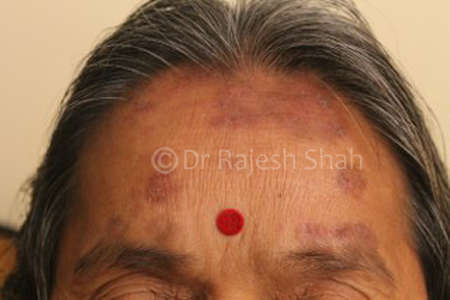
SLE (Systemic Lupus Erythematosus), often called Lupus, is an autoimmune disease, which could potentially involve various organs of the body like skin, blood vessels, bones, kidneys, lungs, heart, nervous system. It is a chronic disease in which the over-active immunity attacks its own body cells, misinterpreting them as foreign cells due to which the immune system starts producing antibodies (known as Anti Nuclear Antibodies – ANA) against the body’s own protein cells.
The word Lupus means Wolf in Latin. This term was coined in the mid 19th century, assuming it to be occurring due to wolf-bite, resembling the erythematic eruptions due to wolf bite.
Occurrence:
Gender: SLE is found more predominantly in females than males. Girls are affected more commonly, a ratio of 4:1.
Age group: Affects young adults more commonly, in the age group of 10-40.
Women who are of child-bearing age are more affected. Women especially in the age group of 15-44.
Race: Asians, Africans, and Americans are at a greater risk of suffering from SLE
Types of SLE:
- Systemic Lupus Erythematosus (SLE): It is the commonest form of SLE. In this type of SLE, various body organs are affected. E.g. Kidney, heart, CNS, bones, etc.
- Discoid Lupus: It is also known as Chronic Cutaneous SLE Erythematosus. In this form of SLE, the disease is restricted only to the skin, giving rise to “discoid rash” which is a raised, scaly and red eruption. They usually don’t itch.
- Drug-Induced SLE: Antipsychotic drugs like Chlorpromazine and antibiotics like Minocycline are known to induce SLE. Withdrawing these medicines usually resolves the case.
Causes of SLE:
The exact cause of SLE is not yet fully known. The disease is genetic in nature but it can also get triggered by other factors like hormones and the environment.
Symptoms of SLE:
- Weakness/fatigue – feeling tired all the time
- Joint pain – Pain, stiffness, and/or swelling in any of the joints. Frequently affected joints are – fingers, wrists, knees, etc. Swelling in feet, hands, legs, and/or under eyes may be noticed.
- Unexplained fever – Low-grade fever due to the underlying inflammation. Fever of unknown origin, without any relevant cause.
- A butterfly-shaped rash on the face – The malar rash is found in 50% of patients with SLE. The typical rash covers the bridge of the nose extending to both cheeks. The rash appears and worsens on exposure to sunlight as well as artificial light (photosensitivity)
- Raynaud's phenomena – Fingers, toes, or tip of the nose may turn white/blue from cold or stress
- Hair loss – due to inflammation of skin and scalp. Hair becomes brittle and looks ragged.
- Anemia – low hemoglobin, low total blood volume
- Pleurisy – Chest pain especially on deep inspiration and shortness of breath
- Dryness of eyes, mouth, and/or vagina
Diagnosis of SLE:
Diagnosis of SLE is very difficult because it tends to mimic many other chronic diseases like Rheumatoid Arthritis, fibromyalgia, Sjogren's disease, etc. Also, the presentation of SLE varies from patient to patient and it varies from day to day in the same patient.
Diagnosis can be done on the following basis:
- ANA Test (Anti Nuclear Antibody): This test is positive in almost 99% of SLE patients, although it may be negative in patients having discoid SLE. This test is not absolutely specific for SLE as it may come positive in other non-SLE cases, e.g. in Rheumatoid Arthritis.
- Complete Blood Count (CBC) and ESR: SLE patients show reduced Hemoglobin, low platelet count, and/or low white blood cell count. Elevated ESR is not specific to SLE.
- Kidney Function Test and Urine analysis: Increased protein in urine and cellular casts in urine is an indication of inflammation in the kidneys. S. Bilirubin and S. Creatinine may be high as well.
- DNA Binding Test: Antibodies to double-stranded DNA are positive in SLE patients.
Conventional Treatment for SLE:
- NSAIDs (Nonsteroidal anti-inflammatory drugs) such as Ibuprofen and Naproxen sodium are used to treat pain, swelling, and inflammation in SLE patients.
- Antimalarial drugs such as hydroxychloroquine are known to control SLE, especially the discoid variety.
- Corticosteroids e.g.Prednisolone is the most commonly prescribed medications in advanced cases of SLE. They suppress the inflammatory process but cause long-term side effects like osteoporosis, weight gain, diabetes, etc.
- Immuno-suppressants like Tacrolimus, Methotrexate, etc can be given to control the flared up cases of SLE.
Homeopathic Treatment for SLE:
SLE is a chronic, autoimmune, constitutional disease wherein the body’s immune system is affected. The immune system is governed by various factors like environmental, genetic, physical, mental, hormonal, etc. Homeopathic medicines are basically aimed at treating the person suffering from SLE and not just the disease per se. Symptomatic relief can be achieved with homeopathy and it is strongly suggested. It could potentially control the underlying disease process to a certain extent; however, such evidence is not yet available.
Some facts about SLE:
- SLE is noncontagious. It doesn’t spread by touch.
- SLE cannot be transmitted by sexual intercourse
- Although there is no cure, SLE can be controlled with homeopathic medication without any side effects
- Discoid variety of SLE mostly occurs on body parts exposed to the sun. Keep your body covered if at all you get exposed to the sun. Staying away from the sun, especially in peak hours from 11 a.m. to 4 p.m. is the best possible precautionary measure.
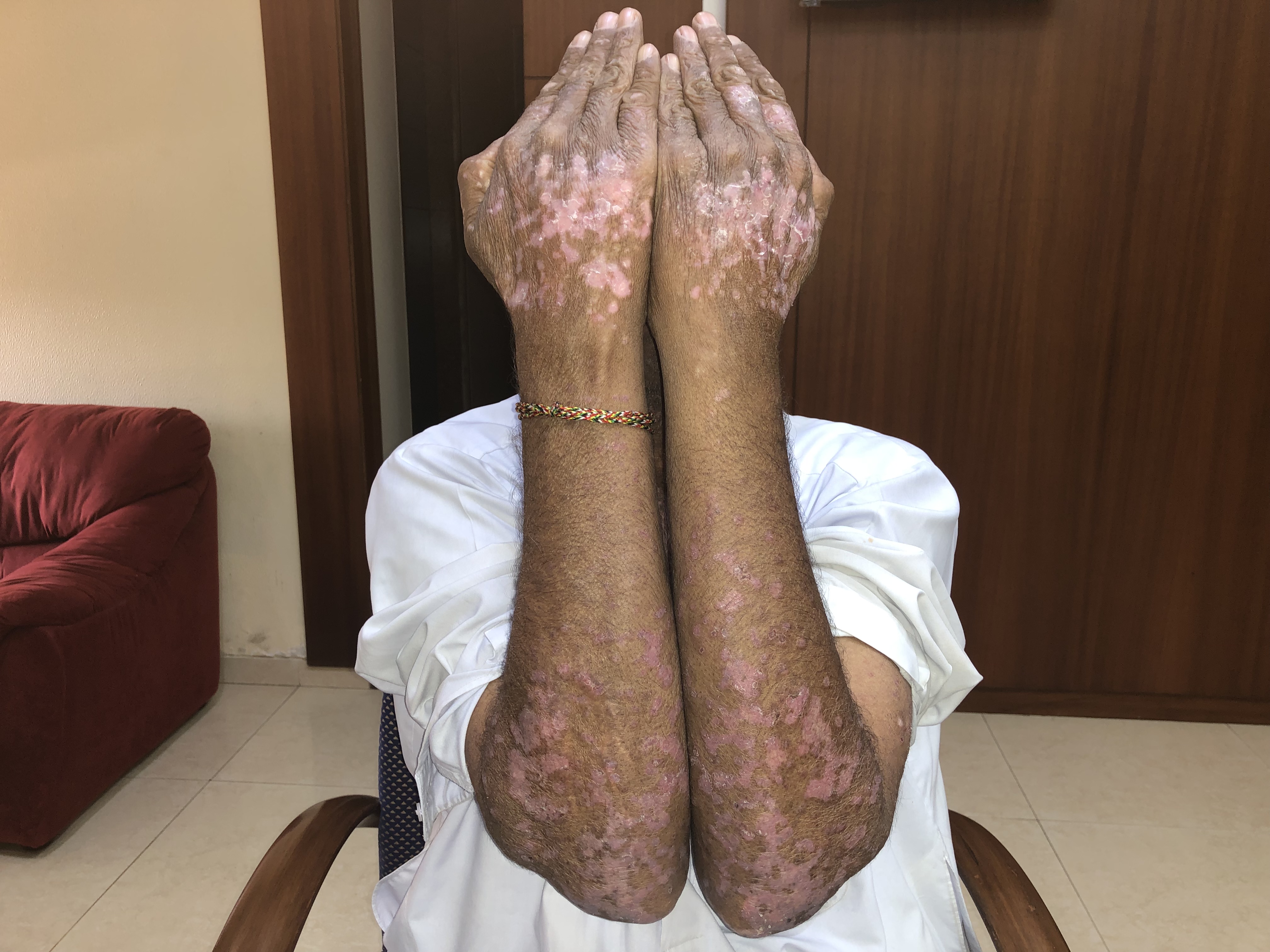
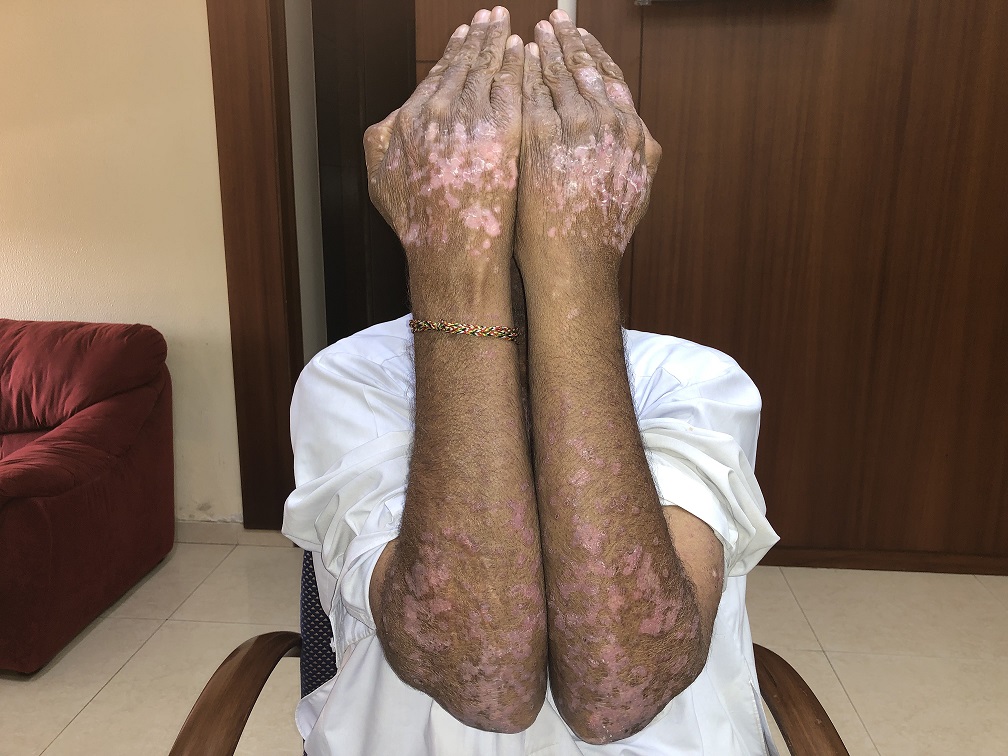
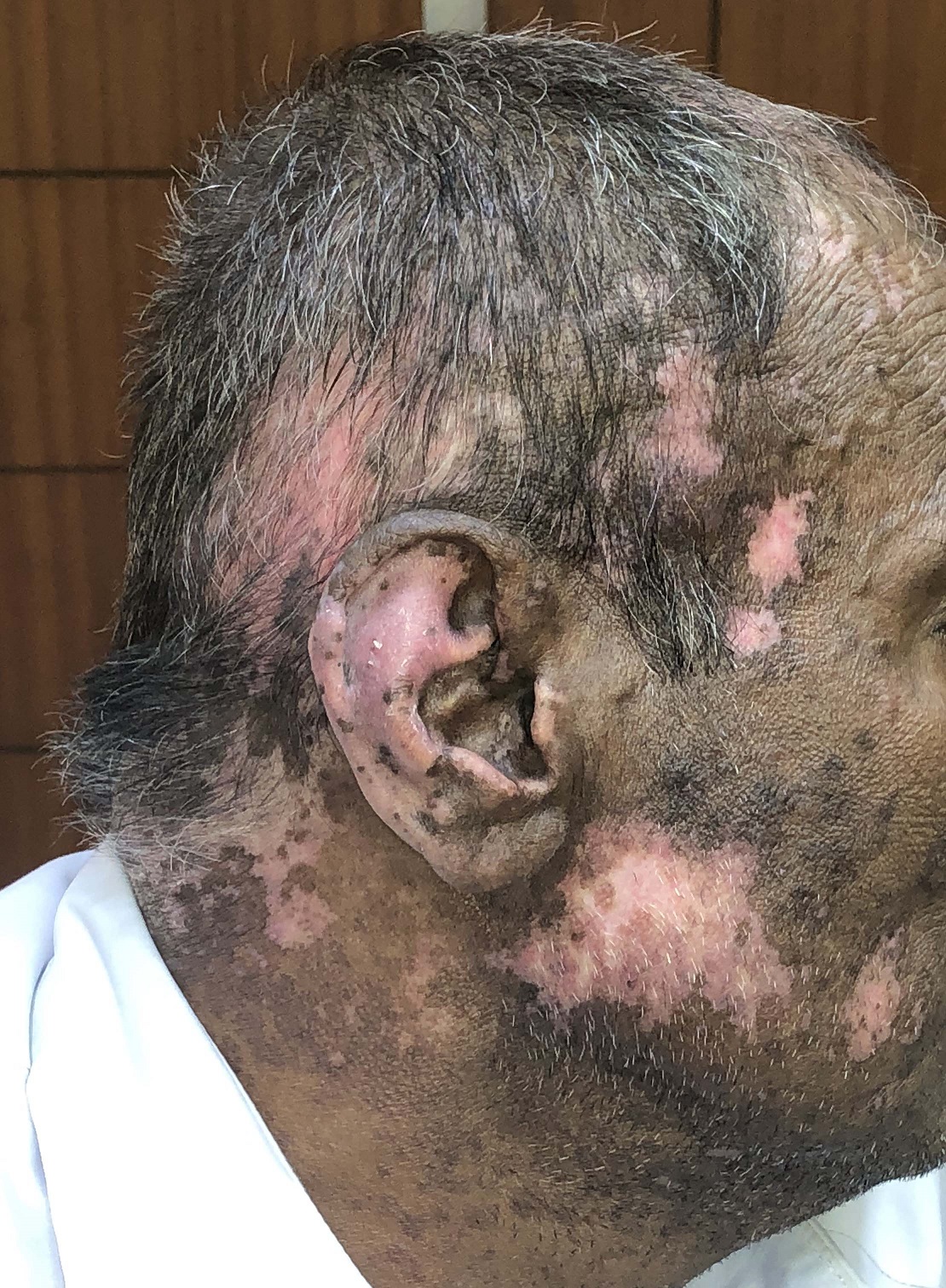
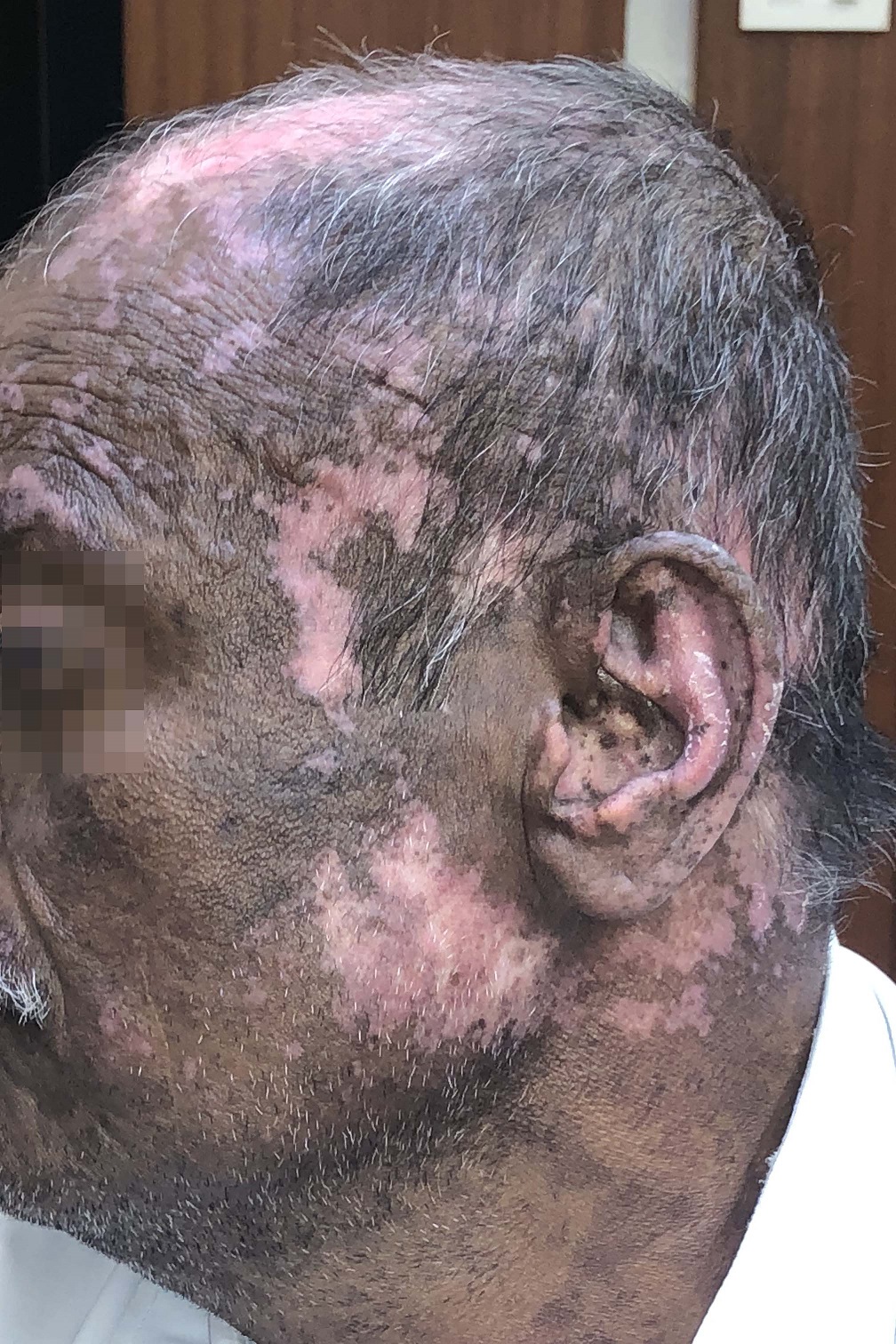
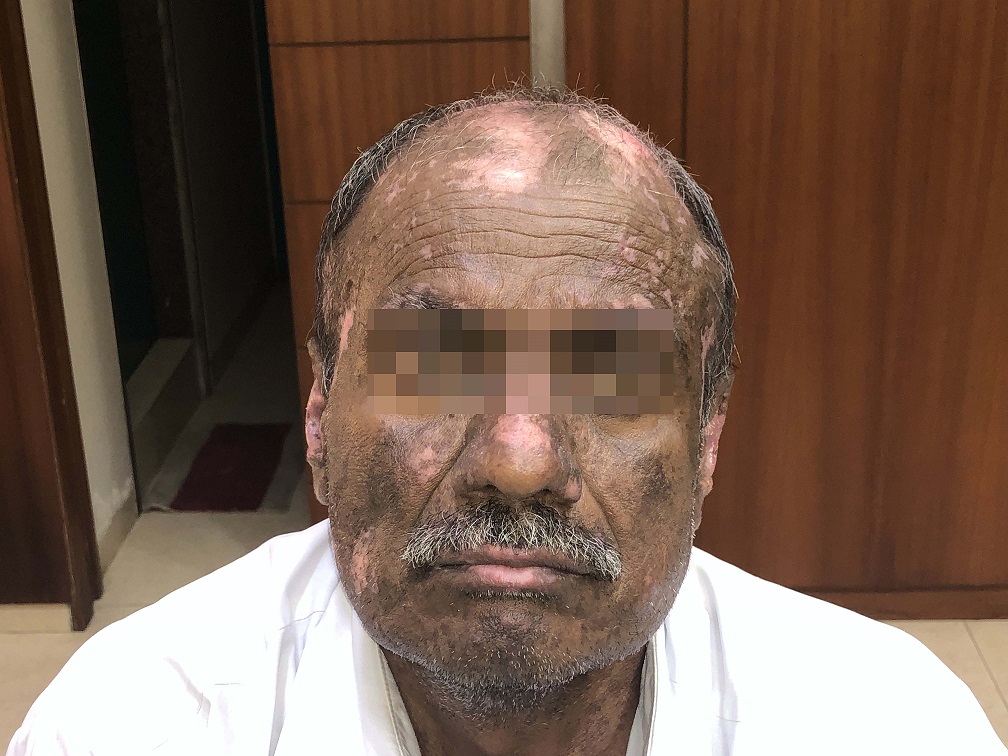
Written & Approved by-
Dr. Rajesh Shah
M.D. (Hom.)